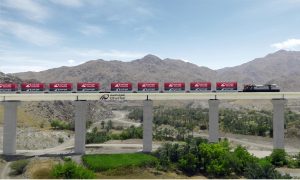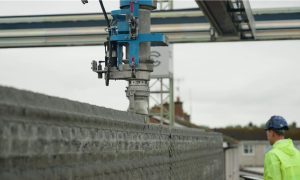Interview: A closer look at ductwork
Paul Barnard, head of HVAC specification at Kingspan ME chats with MECN about pre-insulated ductwork in the ME region

Industry experts and professionals from Middle East’s HVAC industry gathered at the Address Marina for a one day think tank – ‘Shaping the Future of the HVAC Industry’ on September 3rd to tackle the underlying issues in HVAC and to address the market trends in the region.
MECN caught up with Paul Barnard, head of HVAC specification at Kingspan ME to talk about how traditionally, the ductwork market has been reluctant for change while also touching upon the modern advancements in duct insulation.
“It is time to embrace new types of materials that help save energy in buildings, and ductwork is an important component of that energy-saving environment,” Barnard said.
Following the implementation of the new UAE Fire and Life Safety Code, he said that the common belief in the industry has been that pre-insulated ductwork is banned. However, he explained that following the new regulations, PUR (polyurethane) and PIR (polyisocyanurate) foam which has been traditionally used for pre-insulated ducts does not meet the safety criteria, but phenolic foam fits right in.
“Pre-insulated ductwork, compared to GI ducts, have a number of advantages, as well,” remarked Barnard. “Since, they are lightweight, if you were to put pre-insulated ducts for a 25-year old building, it would be 85% lighter, and load decreases on the building. Not only that, pre-insulated ducts have glued corners and silicon inside, making the air-tightness greater compared to sheet metal which has a joint every 600 m and can be more prone to human error.”
He said that pre-insulated ducts will have less chance of air leakage and more energy saving, which makes a comparable difference on the running cost of a building and is also a sustainable alternative. He explained that it also save time, and can be modified on site.
“However, one of the challenges we face with pre-insulated ducts is the misconception that it gets easily damaged, which is not true. Most of time, they get mistaken for sheet metal because it looks the same on-site, so it’s only damage prone if they are at the wrong place at a construction site.”
Barnard concluded that even though PUR and PIR foams maybe comparatively cheaper, with the change in regulation, pre-insulated ducts can only use phenolic foam, and even though it may be more expensive, the long-term running cost, ease of fixing and its space-saving features, makes it ideal for the ME built environment.























